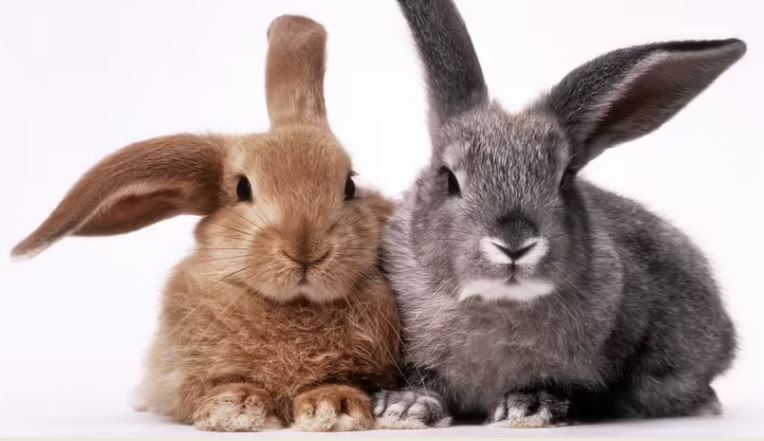Bunny vs. Rabbit: Is There a Difference?


Are we looking at two bunnies? One rabbit and one bunny? What's the difference? GK HART/VIKKI HART / GETTY IMAGES
Before we begin, that Easter Bunny, who was also Mrs. Claus and the Tooth Fairy in my household, would bring not only Easter eggs but some fun spring toys. I was around 8, and I remember getting a hulahoop.

Have you ever found yourself in a debate over whether that fluffy creature with droopy ears should be called a bunny or a rabbit? Many people use these terms interchangeably when talking about the adorable animals belonging to the Leporidae family. But are they truly synonymous?
Indeed! It appears that both terms are accurate, as they refer to the same animal. "Bunny" is more colloquial and informal, while "rabbit" is more formal and scientific. Keep reading for further clarification on when to use each term.
What Is a Bunny?
The term "bunny" finds its roots in the historical usage of "bun" as a charming and affectionate way to denote a rabbit. Gradually, this endearing moniker gained widespread acceptance, particularly in reference to young or diminutive rabbits.
Despite the informal connotations of "bunny," it remains an equally valid descriptor for the same creature. (Indeed, one could readily substitute "Easter bunny" with "Easter rabbit"!) Some individuals may even blend both terms, referring to the animal as a "bunny rabbit" or a "rabbit bunny."
While "rabbit" holds greater scientific legitimacy, "bunny" often conveys a sense of fondness for the playful and adorable traits of juvenile rabbits. When deliberating between "rabbit" and "bunny," remember that the choice ultimately rests on personal preference and context.
What Is a Rabbit?
Rabbits, members of the scientific family Leporidae, are petite mammals renowned for their velvety fur, elongated ears, stubby tails, and characteristic hopping gait. Their fur can exhibit a singular hue or a medley of shades including white, black, brown, tan, or cream, with considerable variations in size.
For instance, the diminutive pygmy rabbit measures a mere 7.9 inches (20 cm) in length and weighs less than a pound (0.4 kg), while the colossal Flemish Giant rabbit averages a length of 2.5 feet (76.2 cm) and a weight of 15 pounds (6.8 kg).
Rabbits typically reside with their offspring in subterranean burrows or other protective shelters, subsisting on a herbivorous diet predominantly comprising grasses and vegetation. Their expansive ears aid in predator detection, while their robust hind legs facilitate swift evasion of peril.
Across the globe, there exist over two dozen distinct rabbit species (excluding hares, confined to the genus Lepus), distributed across both the Western and Eastern hemispheres.
Bunnies and Rabbits in Popular Culture
Bunnies and rabbits are ubiquitous in popular culture, featuring prominently in various forms of media. An illustrious instance is the Easter Bunny, a cherished figure synonymous with the Easter festivities, revered for delivering eggs to children and holding a significant place as a cultural icon.
Similarly, in literature and folklore, the character of Peter Cottontail has captivated generations, frequently appearing in tales of springtime adventures, adding a whimsical touch to narratives.
In contemporary times, rabbits and bunnies have evolved into beloved characters in animated and fictional realms. Bugs Bunny, for instance, stands as a quintessential figure in the animation sphere, captivating audiences with his sharp wit and mischievous escapades for decades.
These portrayals underscore the enduring appeal of bunnies and rabbits as cultural icons. Whether evoking the spirit of Easter or eliciting laughter through animated antics, these creatures continue to exert a significant influence on shaping cultural narratives.
Hahahahaha! Don't worry we won't be hunting any actual rabbits this Easter.


